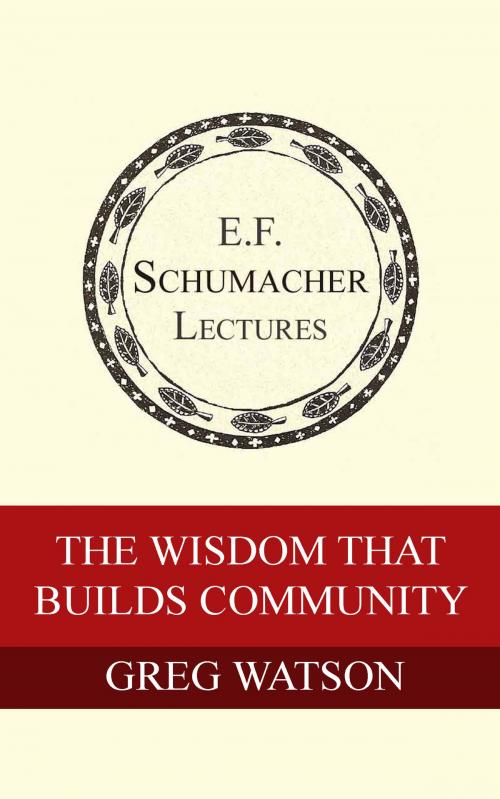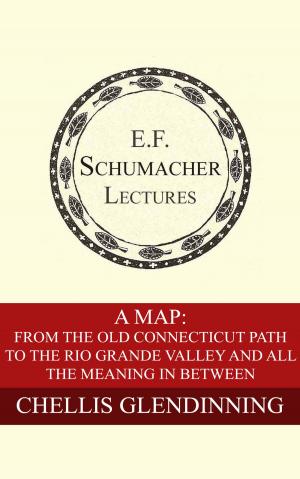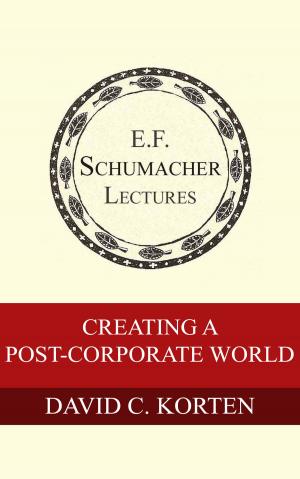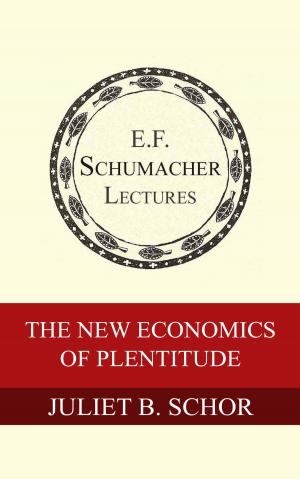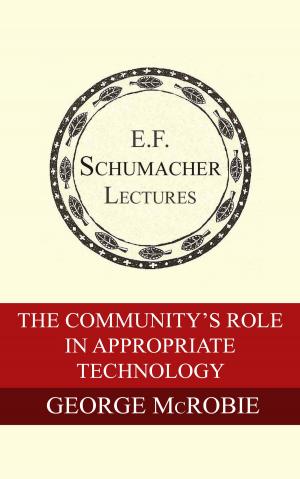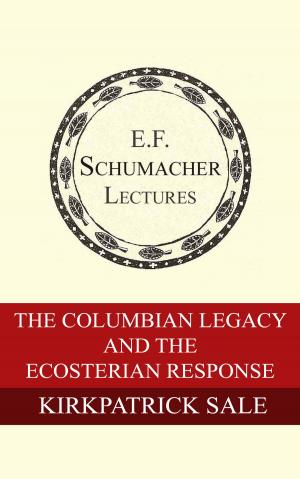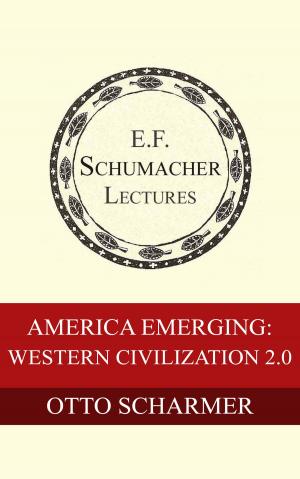The Wisdom That Builds Community
Nonfiction, Science & Nature, Nature, Environment, Ecology, Business & Finance, Economics, Economic History| Author: | Greg Watson, Hildegarde Hannum | ISBN: | 1230000213684 |
| Publisher: | Schumacher Center for a New Economics | Publication: | October 18, 1997 |
| Imprint: | Language: | English |
| Author: | Greg Watson, Hildegarde Hannum |
| ISBN: | 1230000213684 |
| Publisher: | Schumacher Center for a New Economics |
| Publication: | October 18, 1997 |
| Imprint: | |
| Language: | English |
The collection of lectures and publications from the Schumacher Center for a New Economics represents some of the foremost voices on a new economics.
Greg Watson relates the story of an urban community that came together to reshape its destiny. Starting with shovels and garbage bags to clean up abandoned lots, residents formed the Dudley Street Neighborhood Initiative, which used the structure of the Community Land Trust in acquiring lots that now support hundreds of units of renovated owner-occupied homes, a productive greenhouse, locally-owned businesses, and reinvigorated neighborhood pride. In telling the story of Dudley Street, Watson describes his own background as an African American growing up in Cleveland in the 1960s. Seeing the ecological degradation surrounding him, he grew to become a leader in the environmental movement, later returning to the urban landscape with a richer understanding of the complex issues needed to build sustainable communities.
The collection of lectures and publications from the Schumacher Center for a New Economics represents some of the foremost voices on a new economics.
Greg Watson relates the story of an urban community that came together to reshape its destiny. Starting with shovels and garbage bags to clean up abandoned lots, residents formed the Dudley Street Neighborhood Initiative, which used the structure of the Community Land Trust in acquiring lots that now support hundreds of units of renovated owner-occupied homes, a productive greenhouse, locally-owned businesses, and reinvigorated neighborhood pride. In telling the story of Dudley Street, Watson describes his own background as an African American growing up in Cleveland in the 1960s. Seeing the ecological degradation surrounding him, he grew to become a leader in the environmental movement, later returning to the urban landscape with a richer understanding of the complex issues needed to build sustainable communities.
